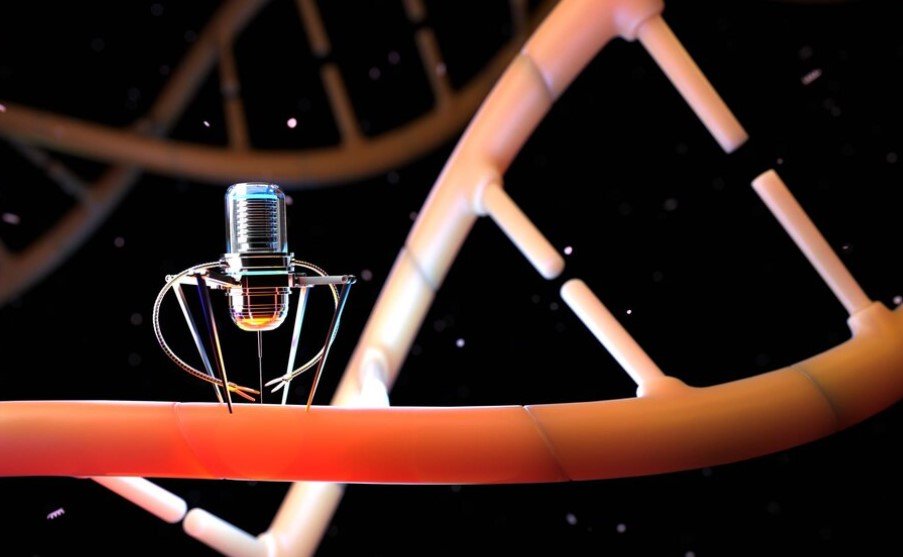How BOW Project is Revolutionizing Nanomedicine with Extracellular Vesicles?

Nanomedicine is the application of nanotechnology to medicine, which offers new possibilities for the diagnosis, therapy, and prevention of diseases. One of the most promising nanomaterials in this field is extracellular vesicles (EVs), which are tiny membrane-enclosed particles that carry biological information between cells and organisms. EVs have unique properties that make them ideal for delivering drugs, genes, or imaging agents to specific targets in the body while avoiding immune recognition and toxicity.
However, EVs also have some limitations, such as low stability, heterogeneity, and low loading capacity. To overcome these challenges, a European research consortium called the BOW Project has developed a novel technology that combines EVs with magnetic nanodevices, creating hybrid nanoparticles with enhanced functionality and performance.

What is the BOW Project?
The BOW Project is a four-year project funded by the European Commission under the Future and Emerging Technologies (FET) program, which aims to explore and consolidate emerging paradigms and communities in science and technology. The project started in January 2020 and involves 11 partners from 7 European countries, including academic institutions, research centers, and innovation consultants.
The main objective of the BOW Project is to create hybrid magnetic nanoparticles with a membrane surface made from an extracellular vesicle. This creation will shape the information contained inside the nanodevice or nanomaterial, such as magnetic beads, nanowires, or nanotubes. The project’s name comes from the acronym “Biomimetic Organotropic Wetsuits,” which refers to the EV membrane coating that mimics the biological identity and targeting abilities of natural EVs.
How does BOW technology work?
BOW technology is based on a microfluidic device that allows the streamlined fabrication of EV membrane-coated magnetic nanodevices (evMBDs). The device consists of two main parts: a production unit and a coating unit. The production unit generates high-grade EVs with biomimetic and organotropic functions, such as camouflage, homing, and signaling. The coating unit transfers the EV membrane to the magnetic nanodevices, creating a single- or multi-layer wetsuit of EV membrane fabric.
The resulting evMBDs have several advantages over conventional EVs or magnetic nanodevices. They have improved stability, uniformity, and loading capacity, as well as the ability to be remotely controlled by magnetic fields. They can also be tailored to specific applications by choosing different types of EVs and magnetic nanodevices, such as drug delivery, gene therapy, or magnetic resonance imaging.
What are the potential applications and impacts of BOW technology?
BOW technology has the potential to revolutionize the field of nanomedicine by enabling the development of new implantable nanodevices and nanomaterials with natural biomimetic functions. This could lead to more effective and personalized treatments for various diseases, such as cancer, neurodegenerative disorders, or infectious diseases. BOW technology could also contribute to the advancement of other fields, such as biotechnology, bioengineering, or materials science.
BOW technology is expected to have a positive impact on society, the environment, and the economy. It could improve the quality of life and health of people, especially those suffering from chronic or rare diseases. It could also reduce the environmental footprint and the costs of nanomedicine production and translation by using natural and biodegradable materials and avoiding synthetic chemicals. Moreover, it could strengthen European leadership and competitiveness in nanomedicine and bionanotechnology, creating new opportunities for innovation, collaboration, and education.
What are the current and future challenges of BOW technology?
BOW technology is still in its early stages of development and faces several scientific and technical challenges. Some of these challenges include optimizing the production and characterization of EVs and evMBDs, evaluating their biological performance and nanotoxicity in vitro, ex vivo, and in vivo, and scaling up and standardizing the fabrication process. BOW technology also needs to comply with the ethical, legal, and social aspects of nanomedicine research and innovation, such as safety, privacy, and public engagement.
The BOW project is working hard to overcome these challenges and to demonstrate the feasibility and benefits of BOW technology. The project plans to achieve several milestones and deliverables, such as producing and characterizing different types of EVs and evMBDs, developing and validating the microfluidic device, and testing the evMBDs in relevant animal models. The project also aims to disseminate and exploit its results by publishing scientific papers, attending conferences and workshops, and engaging with stakeholders and end-users.
The BOW project is an ambitious and visionary project that could pave the way for a new era of nanomedicine and bionanotechnology. By harnessing the power of EVs and magnetic nanodevices, BOW technology could offer new solutions for the diagnosis, therapy, and prevention of diseases, as well as for the improvement of human health and well-being.




